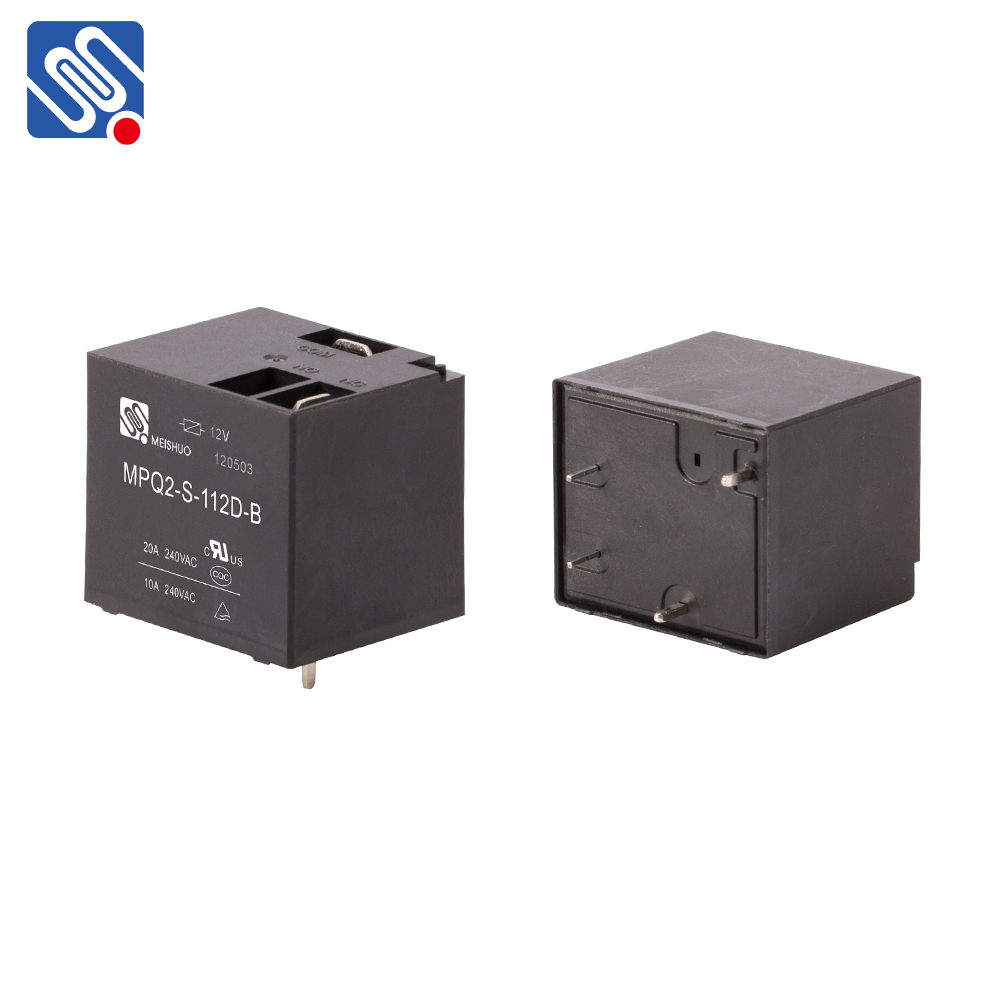understanding the 12v 30a relay: a comprehensive guide by meishuo
Release time:2025-04-23 14:41:09
In the world of electronics and electrical systems, relays play a crucial role in enabling efficient and safe control of circuits. Among various types of relays, the 12V 30A relay stands out due to its versatility, power handling, and broad applications. Meishuo, a prominent name in the relay manufacturing industry, offers high-quality 12V 30A relays that meet the needs of both industrial and consumer-grade applications. This article delves into the features, working principle, applications, and advantages of Meishuo's 12V 30A relay.

What is a 12V 30A Relay?
A 12V 30A relay is an electromagnetic switch that is designed to control high-power electrical devices using a low-voltage input signal. It operates at 12 volts DC (direct current) and can switch loads with currents up to 30 amperes. The key features of such a relay are its ability to handle relatively high current loads and operate with a lower input voltage, making it an excellent choice for a variety of applications that require both power and precision control.
How Does a 12V 30A Relay Work?
The 12V 30A relay consists of a coil, an armature, contacts, and a spring. When a 12V DC voltage is applied to the relay's coil, it generates a magnetic field, which causes the armature to move. This movement closes or opens the contacts, depending on the relay's configuration (normally open or normally closed). By controlling these contacts, the relay can turn on or off high-power devices, like motors, lights, and other electrical equipment, without the need for direct manual control.

